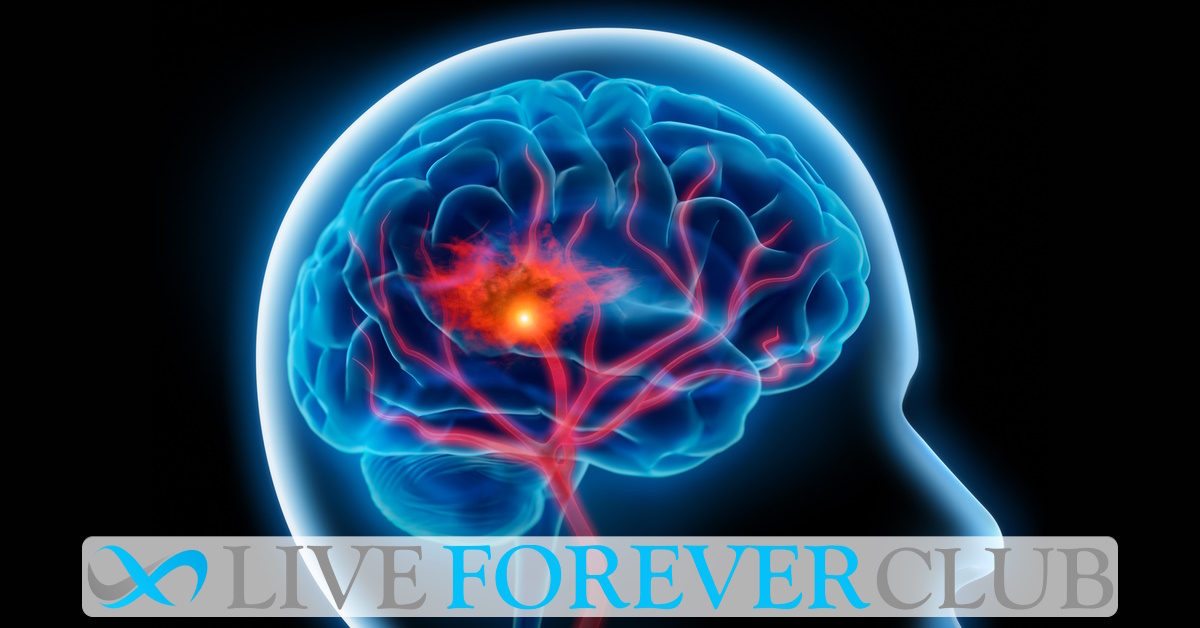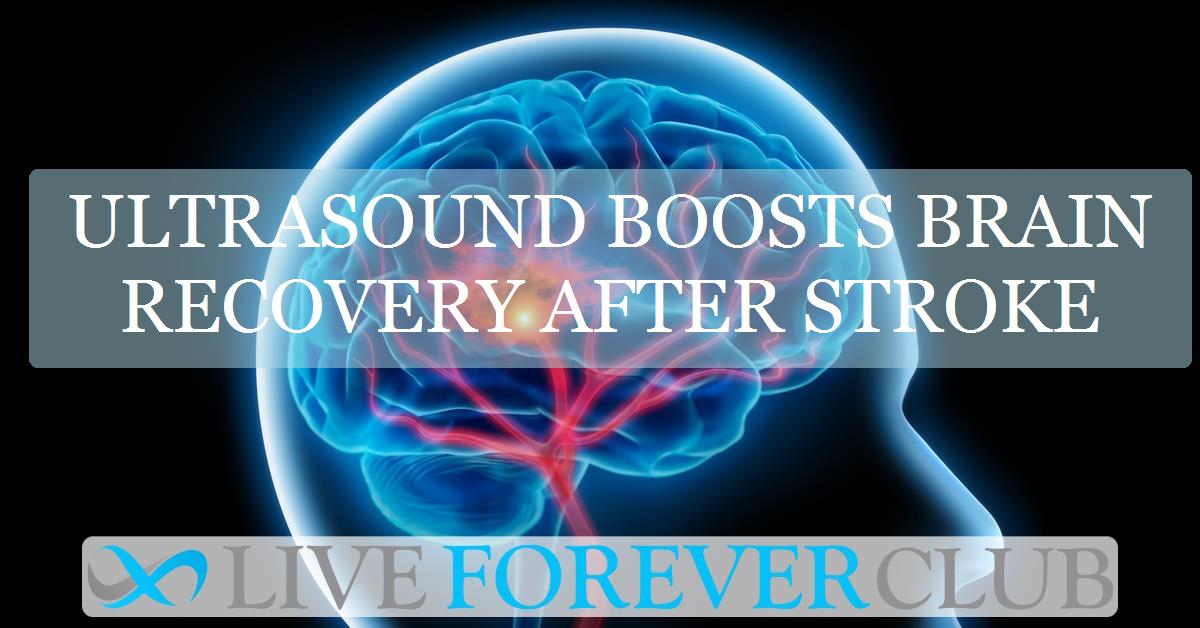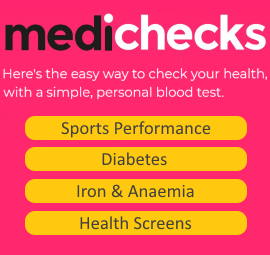Key points from article :
A new mouse study led by Raag Airan at Stanford University suggests that pulsed ultrasound delivered from outside the skull could significantly improve survival after a haemorrhagic stroke. This type of stroke occurs when a blood vessel ruptures in the brain, leaving behind blood and dead red blood cells that trigger inflammation and further tissue damage. Current methods to remove this debris often involve invasive surgery, which can itself worsen outcomes. Airan’s team discovered—initially by accident—that ultrasound pulses can stimulate the brain’s natural drainage pathways, prompting the movement of cerebrospinal fluid and helping clear harmful debris.
To test the idea, the researchers injected blood into the brains of mice to mimic haemorrhagic stroke, then treated half with daily 10-minute ultrasound pulses for three days. The treated mice performed better on movement and strength tests, showed reduced brain damage, and had dramatically higher survival: only 20% died compared with 50% in untreated controls. The ultrasound appeared to activate pressure-sensitive proteins on microglia—immune cells in the brain—making them less inflammatory and more efficient at clearing debris. It also increased the flow of cerebrospinal fluid, boosting the transport of waste to lymph nodes in the neck.
Because the method is non-invasive, safe, and appears to harness natural clearance pathways, the researchers believe it has potential beyond stroke. If ultrasound can remove relatively large debris like red blood cells, it may also help clear smaller toxic proteins such as misfolded tau, which accumulate in neurodegenerative disorders like Alzheimer’s and Parkinson’s disease. A clinical trial testing the approach in people with Alzheimer’s disease is expected to begin next year, setting the stage for future trials in acute stroke patients.







